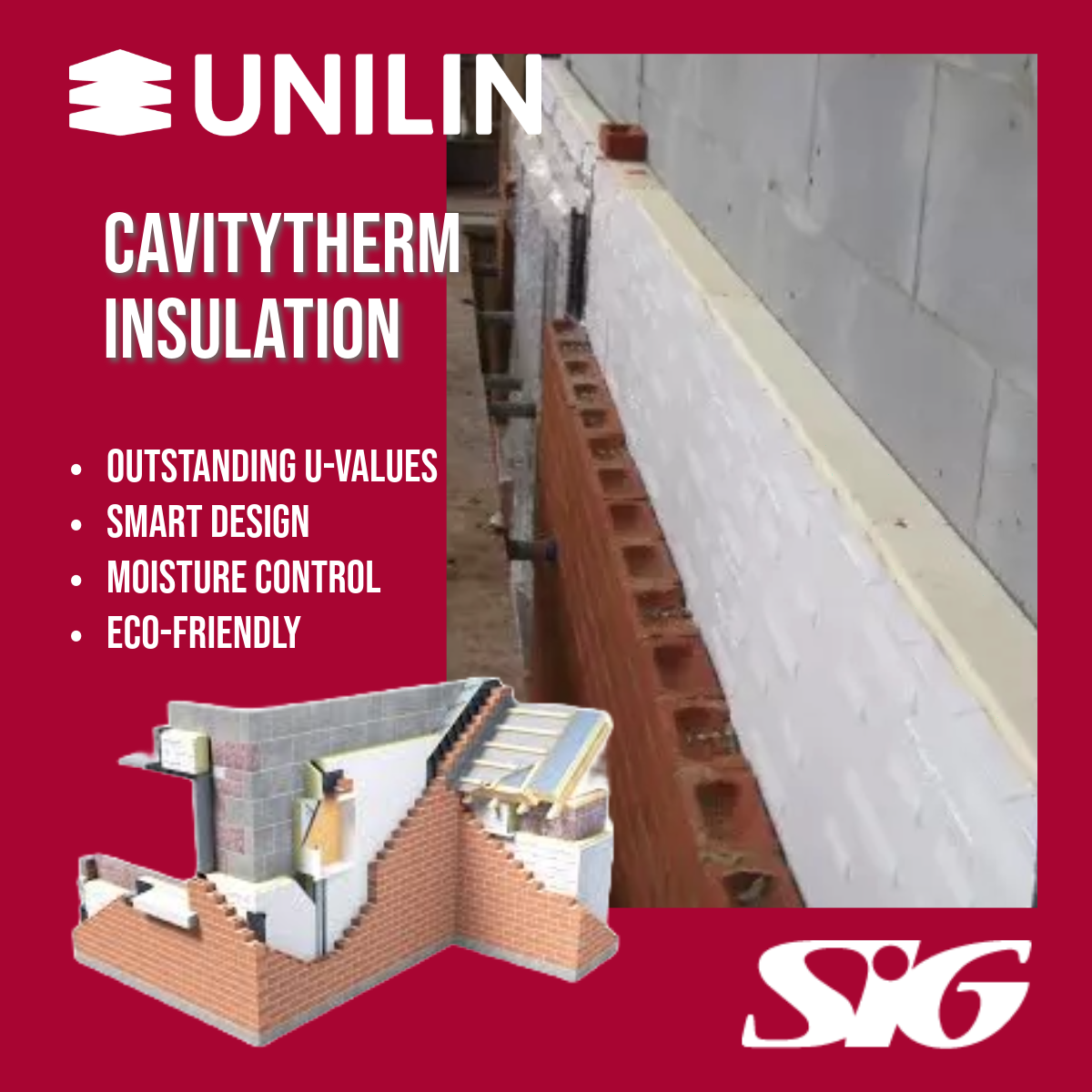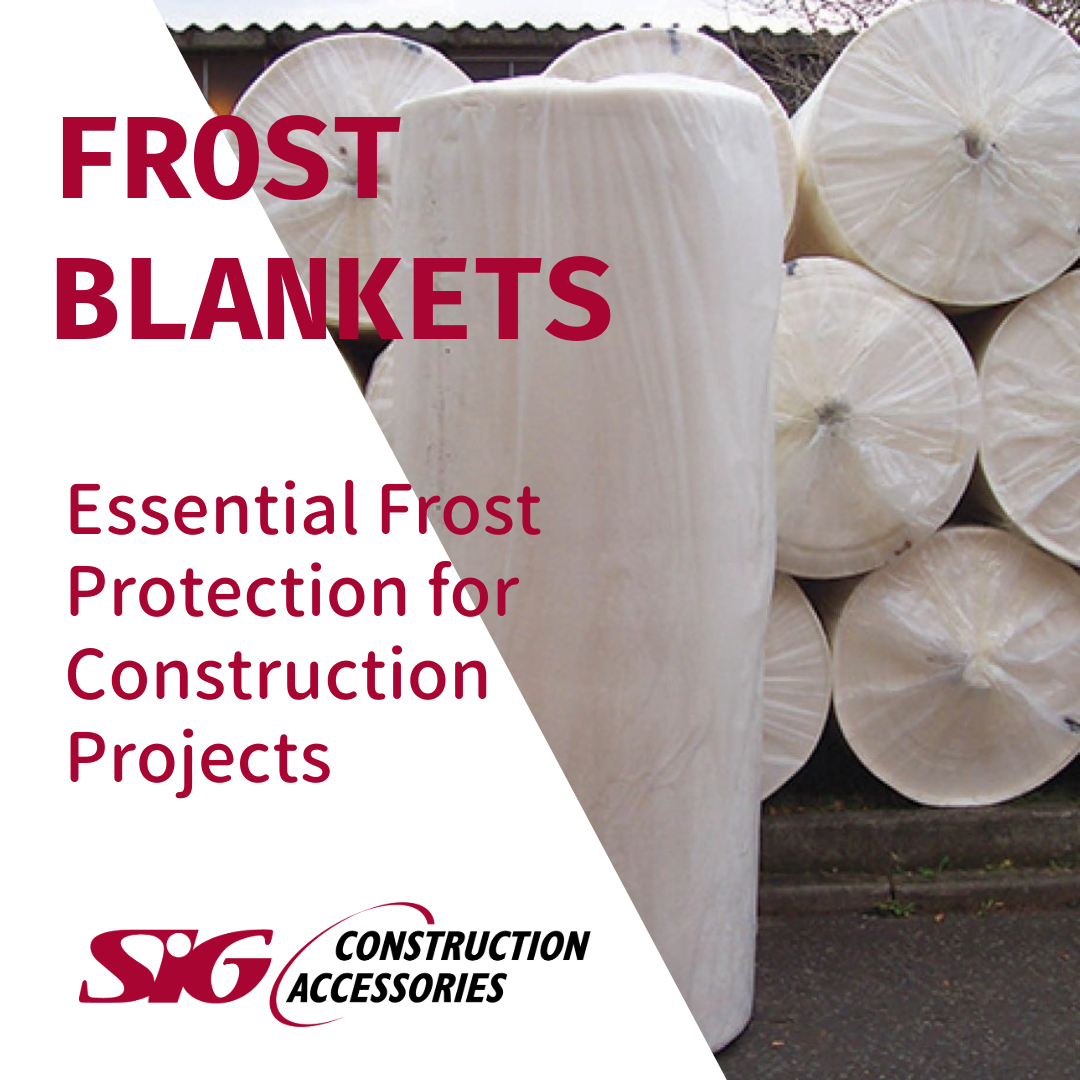Waterproofing is an essential aspect of construction, and it plays a vital role in protecting structures from water ingress. Waterproofing is required around any structure where water can seep in.

SIG Waterproofing System Solutions offers a full range of products for use in both below-ground and above-ground waterproofing. These products include:
- pre-applied
- post-applied
- geotextile/HDPE combinations
- cavity-forming membranes
- waterproofing additives
What is Pre-applied waterproofing?
Pre-applied waterproofing is a type of waterproofing membrane that is applied before the structure is built. This type of waterproofing is used to create a seal that prevents water migration between the membrane and the structure in all directions.
Sheet-applied waterproofing is another type of waterproofing that is applied to the surface of the structure using sheets of membrane material.
How do you prepare concrete for pre-applied waterproofing?
Before applying waterproofing to concrete, it is important to prepare the surface thoroughly removing any loose or damaged material. In some cases, it may be necessary to prime the concrete before waterproofing to ensure proper adhesion of the membrane.
Pre-applied waterproofing is best used for new construction projects, as it is applied before the structure is built. It is also commonly used for underground structures such as basements, foundations, tunnels and subterranean parking garages.
There are various types of pre-applied waterproofing, including liquid-applied membranes, bentonite sheets, and polyethene sheets. It is essential to choose the right type of pre-applied waterproofing for the specific project and location.
What is post-applied waterproofing?
Post-applied waterproofing is applied to the surface of the structure after it has been built. It is a popular choice for retrofit projects and is used to seal existing structures to prevent water ingress.
Waterproofing and Bituthene liquid membrane are examples of post-applied waterproofing products. Preprufe is another commonly used post-applied waterproofing membrane that is designed to protect structures from water ingress.
What are geotextile/HDPE combinations used for?
Geotextile/HDPE combinations are used for waterproofing in underground structures such as retaining walls and underground parking garages. Geotextile is a permeable fabric that is used to separate, filter, reinforce, and protect prior to the application of a Waterproofing system.
It is often used in combination with HDPE (high-density polyethylene) membrane to create a waterproof barrier. Geotextile waterproofing is a sustainable choice as it is made from natural materials and is biodegradable. It is also an effective solution for waterproofing as it does not let water through.
What are cavity-forming membranes used for?
Cavity-forming membranes are used to create a drainage system that allows water to flow away from the structure. This type of waterproofing is often used in below-ground structures such as basements and subterranean parking garages.
The process of installing a cavity drain membrane involves attaching the membrane to the walls of the structure and creating a drainage system to channel water away from the structure. CD drainage and Type A waterproofing are examples of cavity-forming membranes.
What are waterproofing additives used for?
Waterproofing additives are used to make concrete waterproof. These additives are added to the concrete mix before it is poured to create a waterproof barrier.
Examples of waterproofing admixtures include silicate-based and acrylic-based admixtures. It is important to choose the right waterproofing additive for the specific project and location.
Waterproofing Accessories
In addition to the waterproofing products, SIG Waterproofing System Solutions also offers a range of ancillaries to go with the systems including protection boards, sealing tapes, detailing accessories, and primers where required.
These products are designed to complement the waterproofing systems and ensure that the structures are protected from water ingress.
Conclusion
In conclusion, waterproofing is an essential aspect of construction and it is essential to choose the right waterproofing solution for the specific project.
Our highly knowledgeable Construction Accessories team and technical building consultants will guide you on any waterproofing systems, ensuring you meet your brief in accordance with building regulations.
With branches in Dublin, Cork, Limerick, Omagh and Belfast, we are uniquely positioned to stock the country’s widest range of waterproofing systems and most importantly, deliver on time every time.
Our dedicated Construction Accessories team are available to discuss your onsite requirements and our technical building consultants can provide the technical solutions you need to meet your project’s requirements.



